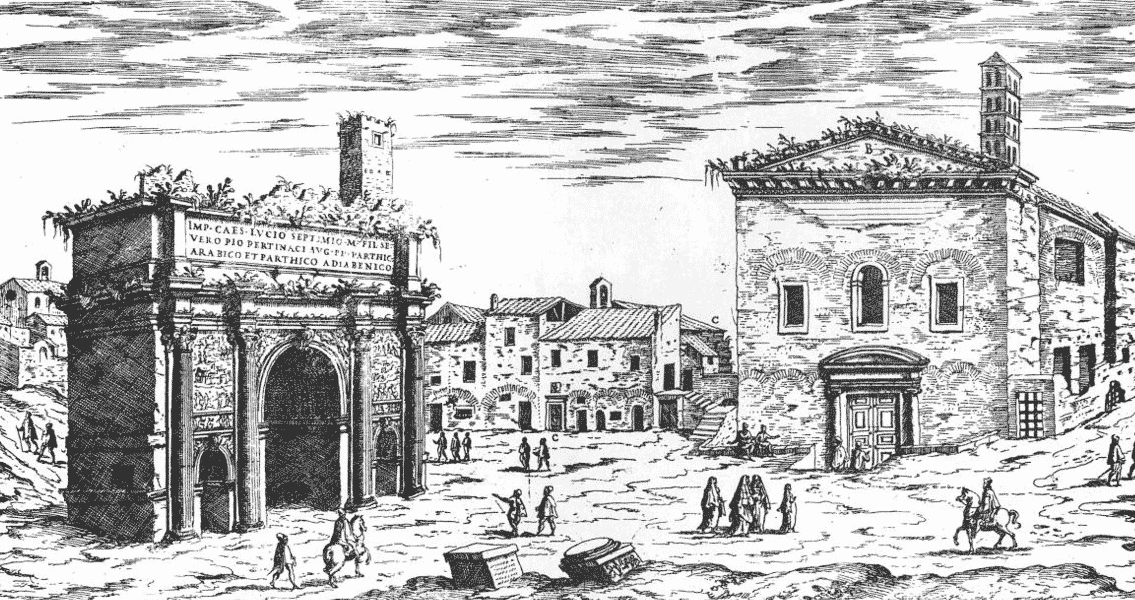<![CDATA[In 1555 Pope Paul IV declared the creation of a ghetto in Rome to segregate Jews from Christians. The main ghetto and a smaller 'Ghettarello' were built later that year. The Ghettarello eventually disappeared in the eighteenth century, but now, according to reports from Spain, archivist Giancarlo Spizzichino has excavated it at the Piazza di Monte Savello. The story of the Ghettarello began on July 14th, 1555, when Pope Paul IV imposed harsh economic sanctions on the Jews, a decision driven by religious differences. The declaration was made in the “Cum nimis absurdum” papal bull, which stated that “it is completely senseless and inappropriate to be in a situation where Christian piety allows the Jews access to our society.” Later that year, the ghetto and Ghettarello were established. The Ghettarello remained open for sometime, with Jews and Catholics alike being employed by businesses and organisations in the community. In 1620 the Church proposed to close it down. It was saved by the Universitas Hebreorum Urbis, the predecessor of the Jewish Community in Rome, paying 1,000 scudi (US$6,000 today) to the Papacy to keep renting the buildings in the Ghettarello. Many believe this event prevented the Jews from being devastated by the plague when it ravaged Rome in 1656 and 1657. Eighty years later, Pope Clement XII issued a new declaration for the eviction of Jews from the Ghettarello. The Jewish community fought back for five years, but the Papacy eventually prevailed, and in 1735 the Ghettarello was officially closed down. Most of the Jewish community relocated to the main ghetto, but the Papacy soon moved to close that as well. There are several reasons for the anti-Ghetto attitude the papacy had developed, including the financial burden on the Church of maintaining the area, and the threat the Pope felt because of the Jewish community's growing influence in Rome. Spizzichino claims that the Papacy closing the Ghettarello was a move to force the Jewish community to renounce their faith, but it only made it stronger. The Ghettarello was largely forgotten about until recently, when Spizzichino started digging through Rome's archives to research the city's Jewish community. He discovered the Ghettarrello's location through documents he found in a folder entitled “Miscellanea”. The folder contained a map drawn by the eighteenth century Italian architect Giambattista Nolli, which pinpointed the location for the Ghettarello as next to the Church of Saint Gregorio alla Pietà, in the Mount of Savello area. This area is close to the main Jewish synagogue today, the Great Synagogue of Rome. Spizzichino also learnt that there were 4060 Jews living throughout Rome, and 180 families living and working in the Ghettarello. During excavations of the site, Spizzichino and his team dug up a sixteenth century pavement called a 'sampietrini', the gate to a courtyard, an oven that was used to bake matza, the foundations of a palace, and a drinking trough from a stable. The rest of the Ghettarello, including the entrance, will remain buried however, until further funds are allocated for digging. ]]>
16th Century Jewish Ghetto Rediscovered in Rome
